Moving to a new apartment is a thrilling experience, filled with the anticipation of new beginnings. However, for our feline companions, this transition can be a bit daunting. Cats are naturally creatures of habit, and the sudden shift to unfamiliar surroundings may trigger stress and anxiety. It’s important to guide your furry friend smoothly into their new home. This article offers a comprehensive guide on how to introduce your cat to a new apartment, ensuring minimal stress and a comfortable transition. From prepping for the move to creating a comforting environment, these steps will help your cat feel at ease in their new space.
Preparing for the Move

Setting the stage for a smooth transition involves thorough preparation. The first step is to create a checklist that includes all essential tasks, such as packing personal items and gathering your cat’s supplies. It’s beneficial to designate a quiet space in your current home where your cat can retreat during the packing process. This sanctuary will offer them a sense of security amidst the chaos. Additionally, consider familiarizing your cat with their carrier, as this will be their mode of transport to the new abode. Ensuring that your cat associates the carrier with positive experiences can significantly ease their anxiety.
Choosing the Right Time to Move
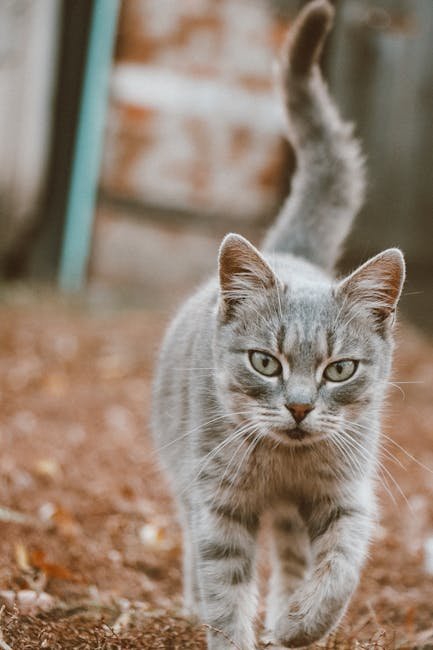
Timing can heavily influence your cat’s adjustment to a new apartment. Ideally, plan the move during a quieter period in your cat’s routine. Avoid scheduling the move during loud celebrations or when an influx of visitors is expected. A serene environment will make the transition less overwhelming for your cat. If possible, opt for a mid-week move when there is less hustle and bustle. Reducing external stressors will help your cat remain calm and more adaptable to the change.
Packing with Your Cat in Mind
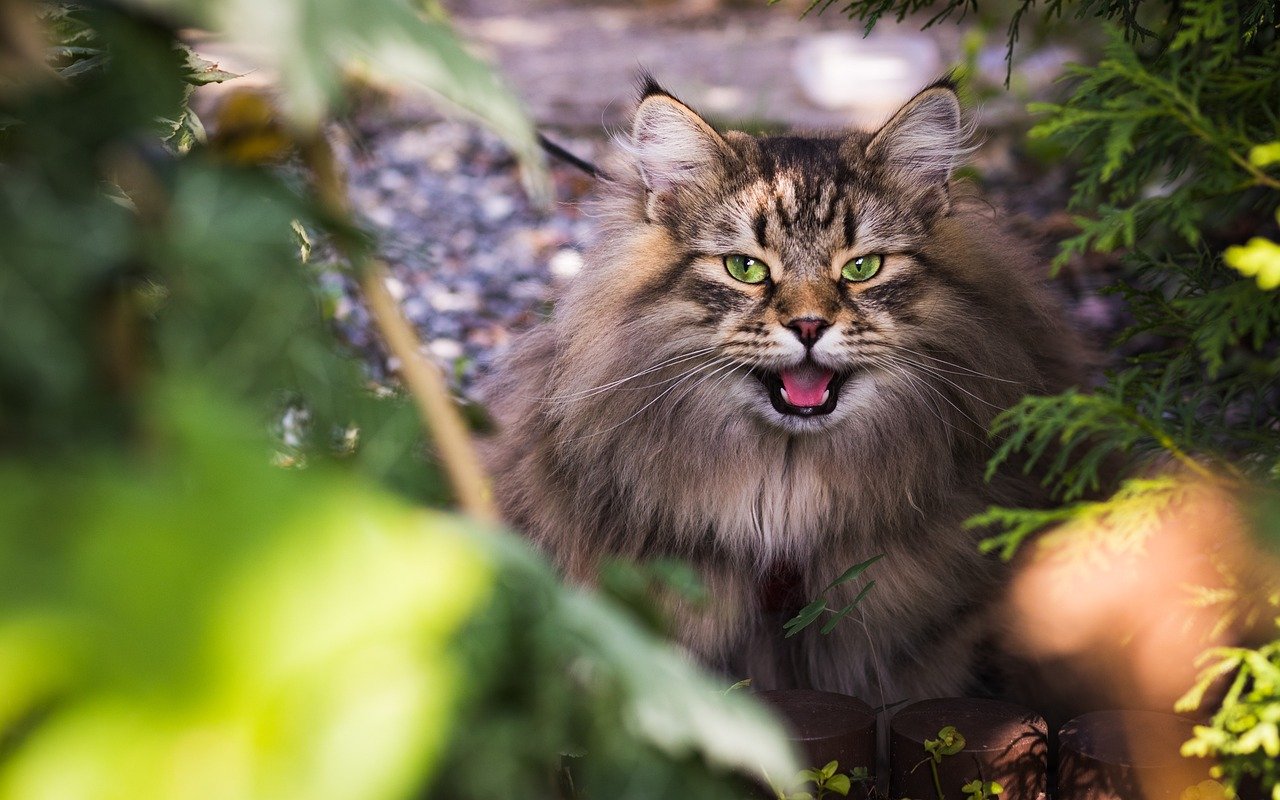
As you embark on packing, it’s crucial to keep your cat’s needs in focus. Maintain access to their favorite toys, bedding, and litter box until the last possible moment. These items carry familiar scents that provide comfort amidst the upheaval. Additionally, consider using a secure and comfortable carrier to transport your cat safely to their new home. This precaution ensures their safety and helps mitigate their stress levels during the move. The journey to the new apartment should be as stress-free as possible for your furry companion.
Setting Up a Safe Space in the New Apartment
Upon arrival, prioritize setting up a safe space for your cat. Select a quiet room where they can gradually explore at their own pace. Fill this haven with their familiar belongings, such as their bed, toys, and litter box. Allow your cat to acclimate to this space before introducing them to the rest of the apartment. This approach provides a sense of familiarity and security, making the transition smoother. It’s essential to let your cat dictate the pace of their exploration.
Gradual Introduction to the New Environment

Once your cat has settled into their safe space, it’s time for a gradual introduction to the rest of the apartment. Begin by allowing them to explore one room at a time, supervising their movements and offering reassurance. This measured approach helps your cat feel secure and confident in their new surroundings. Patience is key, as some cats may take longer to explore than others. Your presence and encouragement will provide the comfort they need to venture further.
Maintaining Routine and Familiarity
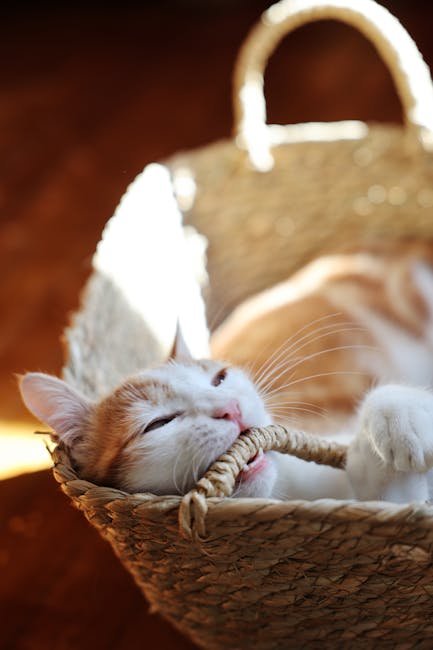
Cats thrive on routine, so maintaining their regular schedule is vital. Stick to their usual feeding times, play sessions, and litter box cleaning routines. Familiarity in their daily activities will help your cat feel more at home and reduce any anxiety associated with the move. Even amidst the chaos of unpacking, prioritizing your cat’s routine will provide them with stability and comfort. This continuity is crucial for their emotional well-being.
Using Feline Pheromones

Consider utilizing feline pheromone diffusers or sprays in your new apartment. These products replicate the natural pheromones that cats produce, creating a calming atmosphere. The presence of pheromones can ease your cat’s anxiety and foster a sense of security in their new environment. Many cat owners find these products invaluable during transitions, as they help create a familiar and comforting ambiance for their pets. It’s a simple yet effective strategy to aid your cat’s adjustment.
Providing Plenty of Enrichment
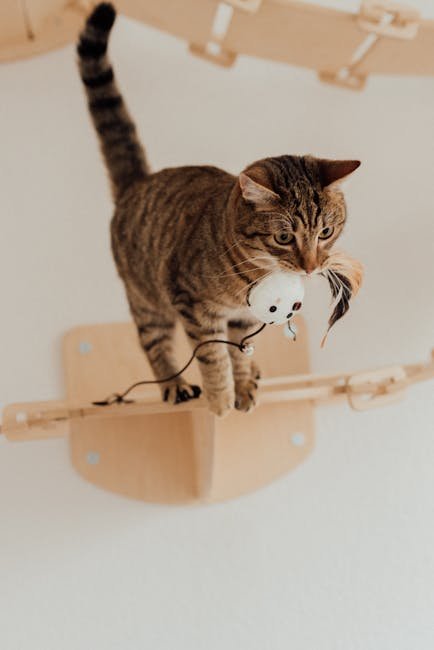
Enrichment is key to helping your cat adjust to their new apartment. Incorporate scratching posts, climbing trees, and interactive toys to keep them engaged and stimulated. These activities serve as both a distraction from stress and an invitation to explore their new surroundings. Encourage your cat to engage in play, as it not only alleviates anxiety but also strengthens your bond with them. A variety of enrichment options will make their new home a more inviting space.
Monitoring Your Cat’s Behavior
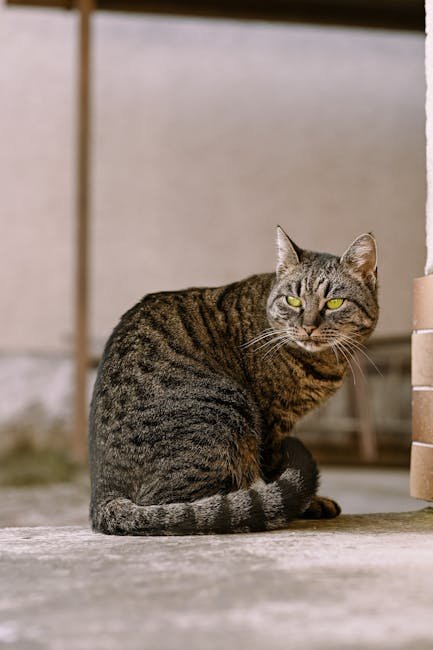
Throughout the transition, closely monitor your cat’s behavior for signs of stress. Look for indicators such as excessive hiding, grooming, or changes in appetite. If you observe any concerning behaviors, consulting your veterinarian is a wise step. They can provide guidance and strategies to help your cat cope with the changes. Being attentive to your cat’s needs will ensure their well-being during this potentially challenging time. Remember, every cat responds differently to change.
Encouraging Exploration
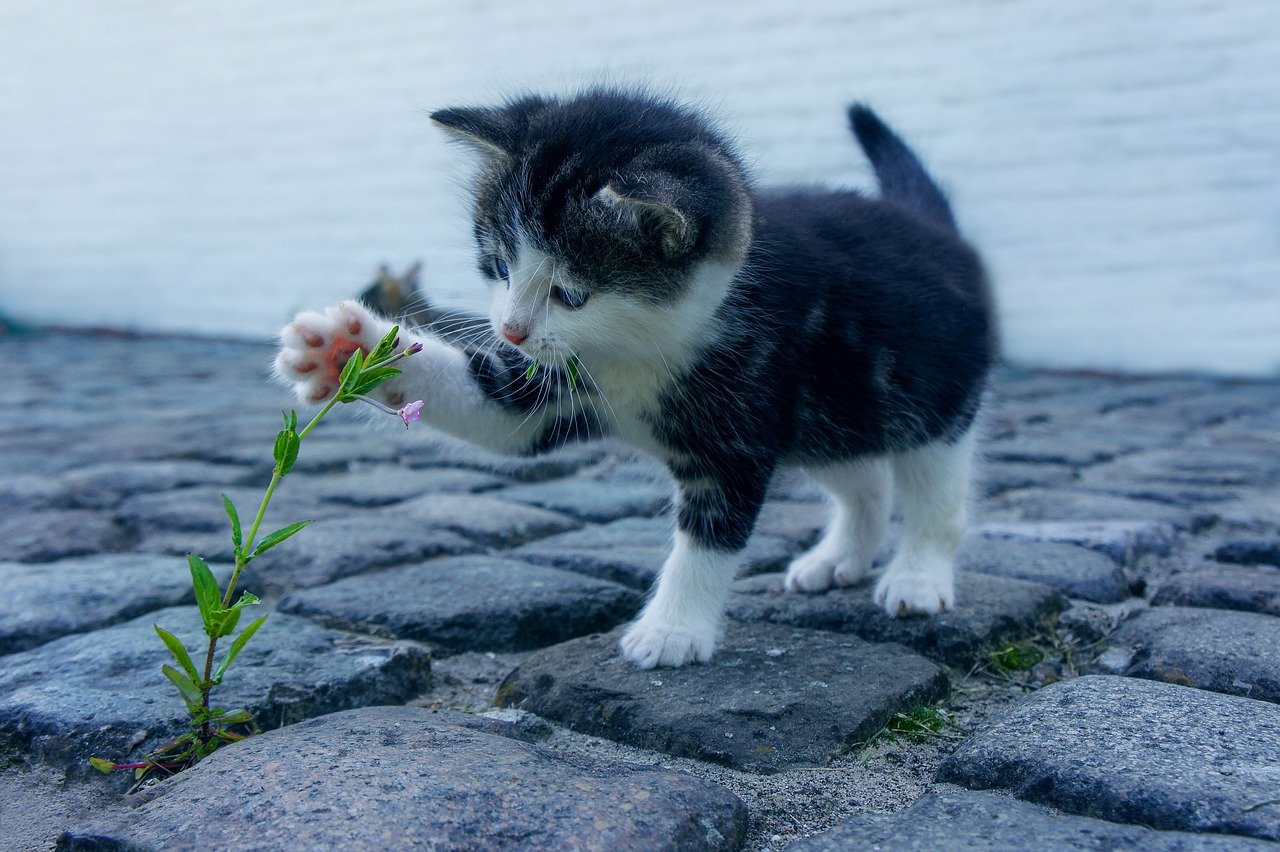
Encourage your cat to explore their new apartment with positive reinforcement. Use treats and toys to create a favorable association with their new environment. Reward them for venturing out of their safe space, building their confidence and encouraging further exploration. This process is gradual and should be guided by your cat’s comfort level. Over time, your cat will become more curious and adventurous, making the new apartment feel like home.
Socializing with Other Pets

For households with multiple pets, introducing your cat to their companions requires patience. Start by allowing them to sniff each other under a door or through a barrier before direct contact. Supervise their interactions and provide positive reinforcement for calm behavior. This gradual introduction fosters a harmonious relationship and ensures your cat feels comfortable around other pets. Creating a peaceful cohabitation environment is essential for a stress-free transition.
Creating Vertical Spaces
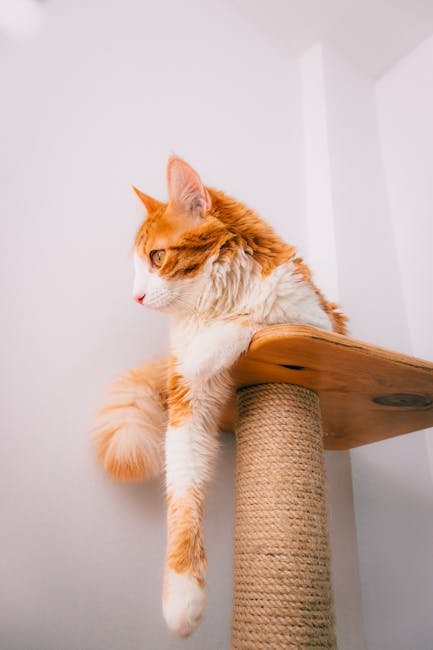
Cats have a natural affinity for climbing and observing their surroundings from above. Consider adding vertical spaces, such as shelves or cat trees, to your apartment. These elevated vantage points offer your cat a sense of security and allow them to survey their territory. Vertical spaces are an excellent way to enrich your cat’s environment and provide them with comfort. They can also serve as a retreat when your cat needs a break from ground-level exploration.
Keeping Windows Secure

Ensure that all windows are secure and equipped with screens to prevent your cat from escaping. Cats are inherently curious and may be tempted to explore their surroundings from a higher perspective. Securing windows is a crucial safety measure to prevent any accidents during the adjustment period. A secure environment provides peace of mind for both you and your cat. It’s a simple yet vital step in ensuring their safety.
Providing Hiding Spots

Cats often seek out hiding spots when they feel stressed or overwhelmed. Provide your cat with cozy hiding places, such as boxes or cat caves, where they can retreat when they need a break. These safe havens offer comfort and security, allowing your cat to manage their stress effectively. Hiding spots are an essential part of creating a cat-friendly environment in your new apartment. Your cat will appreciate having a private sanctuary to escape to.
Patience is Key
Every cat is unique, and some may take longer to adjust than others. Patience is crucial during this transition. Allow your cat to acclimate at their own pace, avoiding any forceful interactions. Your understanding and support will go a long way in helping them feel comfortable in their new surroundings. Remember, the goal is to create a loving and supportive environment where your cat can thrive. Your patience will be rewarded with a happy and content feline friend.
Seeking Professional Help

If your cat continues to show signs of stress or anxiety after the move, consider seeking help from a professional animal behaviorist. These experts can provide tailored advice and strategies to assist your cat in adjusting to their new environment. Professional guidance can be invaluable for cats that struggle with transitions. Don’t hesitate to reach out for support if needed, as it can make a significant difference in your cat’s well-being.
Keeping a Calm Environment
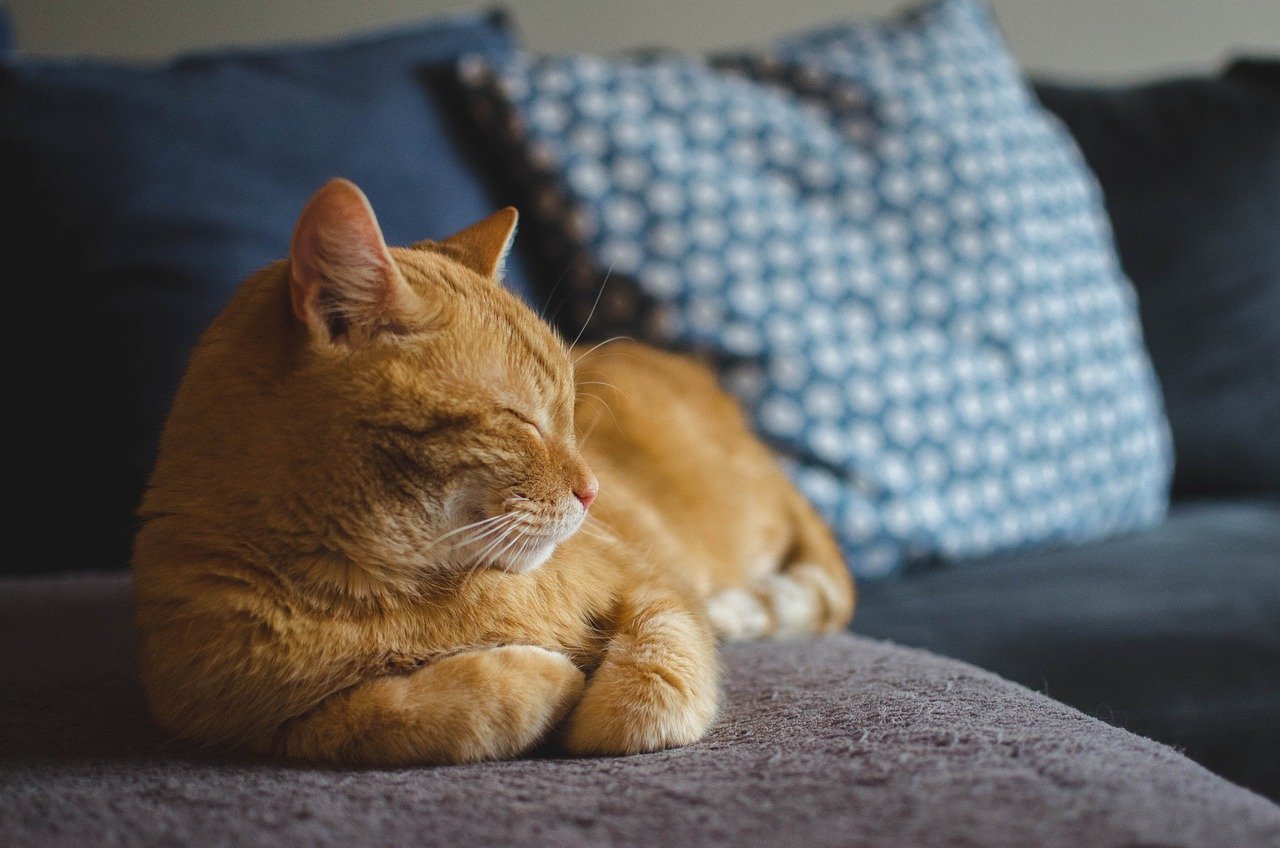
Maintaining a calm and quiet environment is essential during the initial adjustment period. Avoid loud noises and sudden movements that could startle your cat. A peaceful atmosphere will help your cat feel more relaxed and secure in their new home. Consider playing soft music or using white noise machines to create a soothing ambiance. These small adjustments can have a big impact on your cat’s comfort level.
Regular Vet Check-Ups

Ensure your cat is up-to-date on their vaccinations and health check-ups. A healthy cat is more likely to cope well with changes in their environment. Regular vet visits also allow you to monitor your cat’s well-being during the transition. Your veterinarian can offer valuable insights and recommendations to support your cat’s health and happiness. Prioritizing your cat’s health is an integral part of a successful move.
Celebrating Small Milestones

Celebrate your cat’s progress as they adjust to their new apartment. Acknowledge their bravery when they explore new areas or interact with you. Positive reinforcement will help build their confidence and strengthen your bond. These small celebrations can make a significant difference in your cat’s journey to feeling at home. Your encouragement and love will pave the way for a happy and harmonious life in your new apartment.
Creating a Loving Home
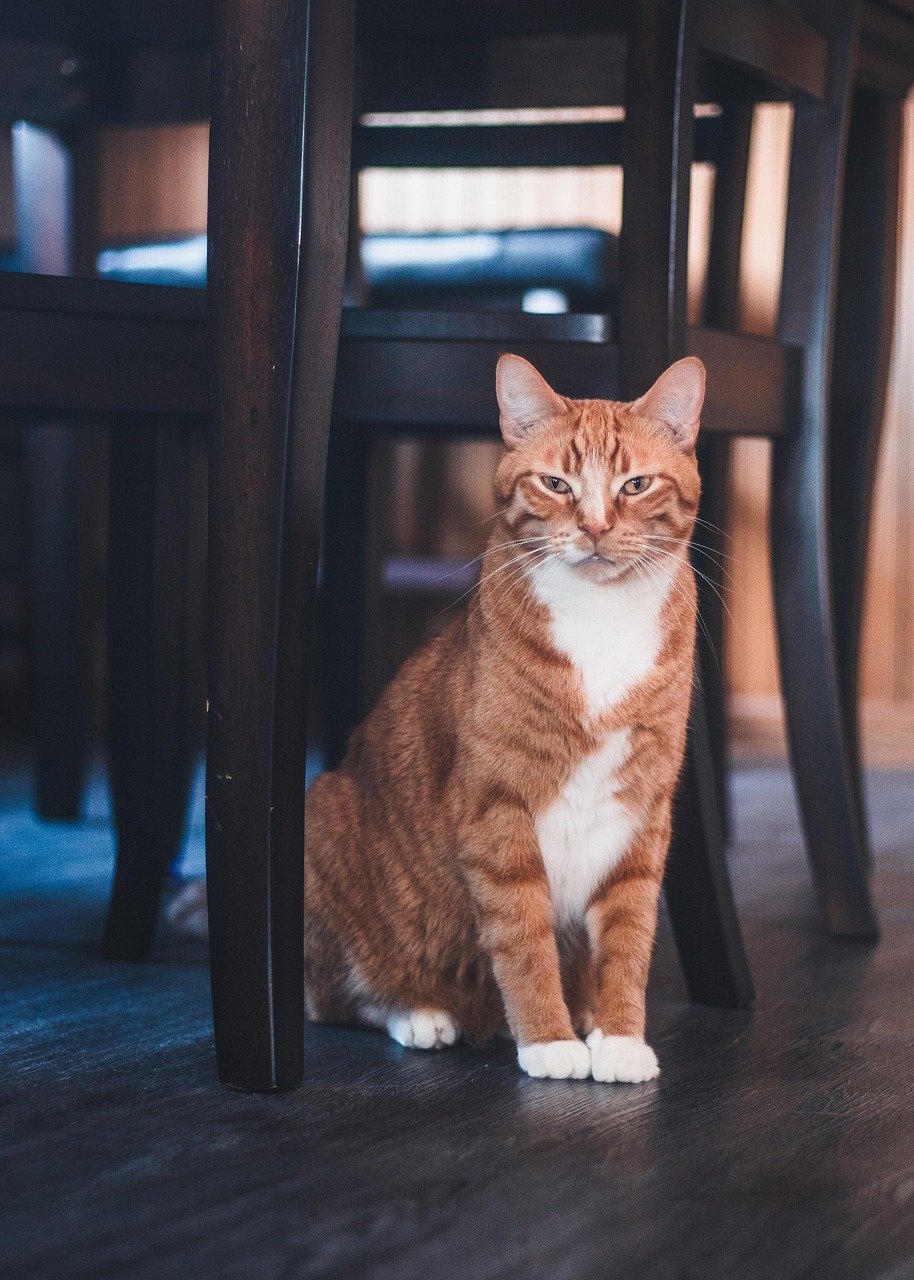
Ultimately, the most important aspect of helping your cat adjust to a new apartment is creating a loving and supportive environment. Show your cat plenty of affection and reassurance as they navigate this change. Your love and care will help them feel at home in their new surroundings. A nurturing atmosphere is the foundation for a happy and content feline companion. With your support, your cat will thrive in their new home.

Hi, I’m Bola, a passionate writer and creative strategist with a knack for crafting compelling content that educates, inspires, and connects. Over the years, I’ve honed my skills across various writing fields, including content creation, copywriting, online course development, and video scriptwriting.
When I’m not at my desk, you’ll find me exploring new ideas, reading books, or brainstorming creative ways to solve challenges. I believe that words have the power to transform, and I’m here to help you leverage that power for success.
Thanks for stopping by, Keep coming to this website to checkout new articles form me. You’d always love it!






